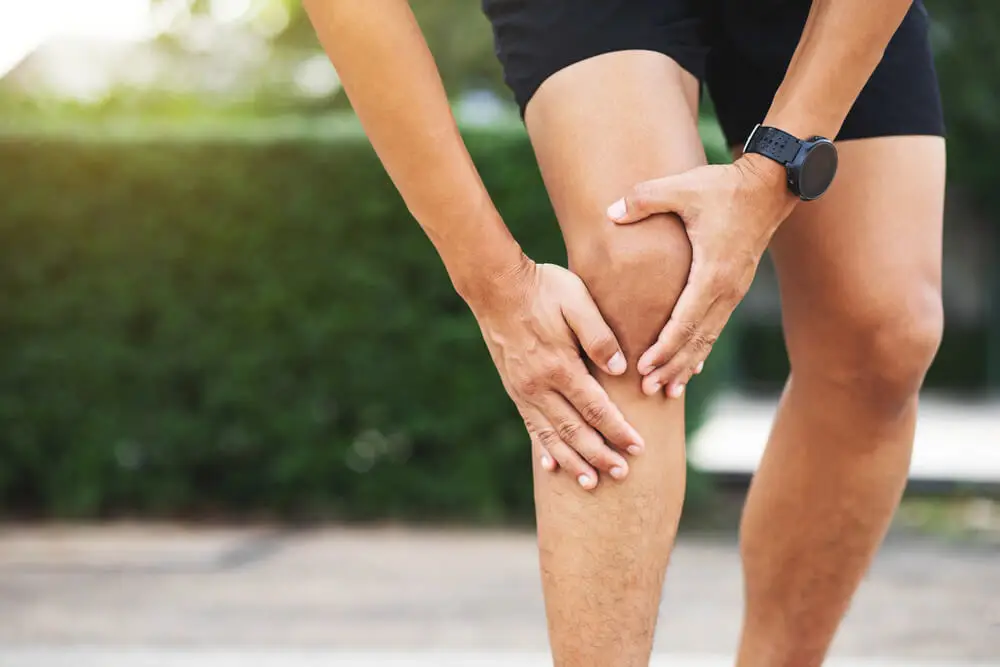Maintaining healthy joints is essential for overall mobility and quality of life. Joint discomfort and stiffness can hinder daily activities, but joint health can be supported and improved with the right approach. This article delves into expert-recommended supplements, joint-friendly exercises, and practical lifestyle tips to help you achieve optimal joint function.
The Importance of Joint Health
Joints are the connections between bones that allow movement and provide support. Over time, factors like aging, injury, and medical conditions such as arthritis can lead to joint deterioration. Prioritizing joint health can prevent discomfort and maintain mobility.
Top Supplements for Joint Health
Experts often recommend specific supplements to support joint function and alleviate discomfort:
- Glucosamine and Chondroitin: Naturally found in cartilage, these compounds are commonly used to manage osteoarthritis pain and improve joint function. Some studies suggest they may help reduce pain and stiffness, although results are mixed.
- Methylsulfonylmethane (MSM): MSM is known for its anti-inflammatory properties and may help reduce joint pain and improve physical function.
- Turmeric (Curcumin): Curcumin, the active component in turmeric, has potent anti-inflammatory effects and may alleviate joint pain more effectively than some nonsteroidal anti-inflammatory drugs (NSAIDs).
- Omega-3 Fatty Acids: Fish oil contains omega-3 fatty acids, which possess anti-inflammatory properties that can benefit individuals with rheumatoid arthritis by reducing joint pain and stiffness.
- Boswellia Serrata: Also known as Indian frankincense, this herb may reduce inflammation and is used to support joint health.
Note: Before starting any supplement regimen, consult a healthcare provider to ensure safety and appropriateness for your health needs.
Joint-Friendly Exercises to Keep You Moving
Exercise is one of the most effective ways to support joint health. When done correctly, it can reduce stiffness, strengthen the muscles surrounding the joints, and improve overall mobility. The key is choosing low-impact, joint-friendly movements that protect rather than stress the joints.
1. Swimming & Water Aerobics
Water-based exercise is often considered the gold standard for joint care. The buoyancy of the water reduces the impact on joints while providing natural resistance to build strength and improve cardiovascular health.
Why it’s great:
Eases pressure on weight-bearing joints
Improves range of motion and flexibility
Builds muscular endurance
Tip from the Arthritis Foundation: “Swimming is a full-body workout that helps maintain muscle tone and joint function without the pain of gravity-based impact.”
2. Walking
While it might seem simple, walking is incredibly effective for keeping joints lubricated and active. It’s especially beneficial for those with knee and hip issues, provided you wear supportive footwear and walk on even terrain.
Why it’s great:
Low impact and adaptable for all fitness levels
Improves circulation to joint tissues
Aids in weight management (crucial for reducing joint stress)
Expert Insight: Dr. Jordan Metzl, sports medicine physician at the Hospital for Special Surgery, notes that “moderate walking helps people with joint pain stay active without exacerbating inflammation.”
3. Strength Training (Using Bodyweight or Light Weights)
Building muscle around your joints helps stabilize and protect them. Focus on slow, controlled movements with light resistance. Compound movements like squats (modified), lunges, and step-ups can be very effective when properly executed.
Why it’s great:
Increases joint stability
Reduces risk of injury
Enhances bone density, which is especially important as we age
Try This: Use resistance bands for a low-impact way to build strength without putting unnecessary strain on your joints.
4. Yoga & Pilates
Both yoga and Pilates emphasize controlled movement, balance, and flexibility. They help strengthen the muscles supporting the joints while improving alignment and body awareness.
Why it’s great:
Enhances joint flexibility
Improves posture and balance (reducing fall risk)
Encourages mindfulness and stress reduction (which can help manage chronic pain)
Pro Tip: Choose gentle classes like Hatha or restorative yoga. Avoid poses that hyperextend or compress the joints.
5. Cycling (Stationary or Outdoor)
Cycling is an excellent low-impact cardio workout that keeps your knees, hips, and ankles moving without requiring you to bear the full weight of your body.
Why it’s great:
Improves joint mobility
Builds leg strength
Boosts cardiovascular endurance
According to Dr. Vonda Wright, orthopedic surgeon and author of Fitness After 40, “cycling builds strength around the knees while keeping the movement fluid and safe for aging joints.”
6. Tai Chi
This ancient Chinese martial art focuses on slow, intentional movements that improve coordination, flexibility, and balance. It’s often called “meditation in motion” and is highly beneficial for people with arthritis or joint pain.
Why it’s great:
Promotes joint flexibility and range of motion
Reduces stiffness and discomfort
Improves mental well-being and reduces fall risk
Lifestyle Tips from Joint Health Experts
Incorporating certain habits into your daily routine can significantly impact joint health:
Maintain a Healthy Weight: Excess weight stresses weight-bearing joints like the knees and hips. Achieving and maintaining a healthy weight reduces the risk of joint damage.
Stay Hydrated: Adequate hydration helps maintain the lubrication of joints, reducing friction and wear.
Practice Good Posture: Proper alignment reduces unnecessary stress on joints. Be mindful of posture during daily activities and consider ergonomic adjustments to workspaces.
Listen to Your Body: Avoid activities that cause joint pain. Rest when needed and consult a healthcare professional if discomfort persists.
Incorporate Anti-Inflammatory Foods: A diet rich in fruits, vegetables, whole grains, and healthy fats can help reduce inflammation and support joint health.
Integrating Expert Advice into Daily Life
To effectively support joint health:
Consult Healthcare Professionals: Before making significant changes to your exercise or supplement routine, seek guidance from a healthcare provider or physical therapist.
Set Realistic Goals: Start with manageable activities and gradually increase intensity. Consistency is key to seeing improvements.
Monitor Progress: Keep a journal of activities, supplements taken, and any changes in joint discomfort to identify patterns and adjust as needed.
Stay Informed: Research in joint health is ongoing. Stay updated with reputable sources and be open to adjusting your approach based on new findings.
By combining expert-recommended supplements, engaging in joint-friendly exercises, and adopting supportive lifestyle habits, you can take proactive steps toward maintaining and enhancing joint health. Remember, individual experiences may vary, so finding the best strategies for you is essential.
For more detailed exercise routines and personalized advice, consider consulting resources like the Arthritis Foundation and the Mayo Clinic, which offer comprehensive guides on managing arthritis and joint health.
















Be First to Comment